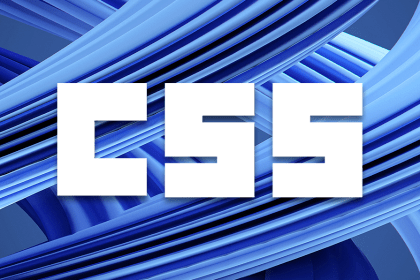
Explore CSS functions light-dark() and prefers-reduced-transparency for optimizing website themes according to user preferences for transparency and light/dark themes.
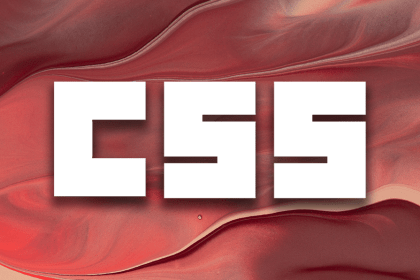
Similar to CSS @scope, but with better browser support, this library will help you create scoped styles easily in CSS.

Learn about anchor positioning, a new function in CSS that makes positioning elements relative to each other much easier — and performant.

Accessibility is one of the most overlooked topics in web development. But as developers, if we want our websites to […]
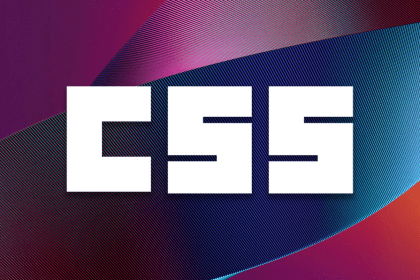
Explore the CSS `overflow` property, which controls what happens to content that is too large to fit in an element’s box.
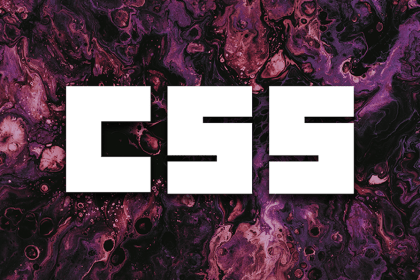
CSS content-visibility helps boost rendering performance by controlling whether or not an element renders its contents.

We use CSS prefers-contrast to control website contrast and build a contrast theme selector with JavaScript to address OS limitations.

Learn about the new CSS @scope feature coming in Chrome 118, which may potentially replace BEM with a cleaner, more ergonomic syntax.

Elevate your TypeScript project using popular plugins including tailwindcss-container-queries and Tailwind-heropatterns.
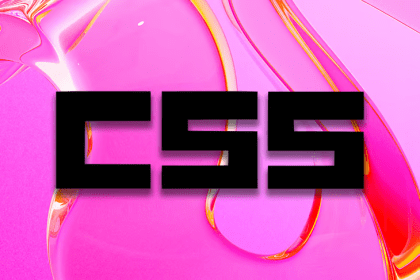
This article explores the basic elements of responsive typography, including concepts like media queries, fluid typography, and more.
Learn how to build CSS sprite generators, helpful tools for quickly and efficiently uploading and using multiple images on your webpage.
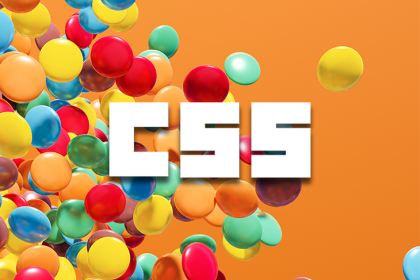
In this article, we’ll discuss how the browser’s rendering process works, how the way you write CSS impacts its speed, and more.